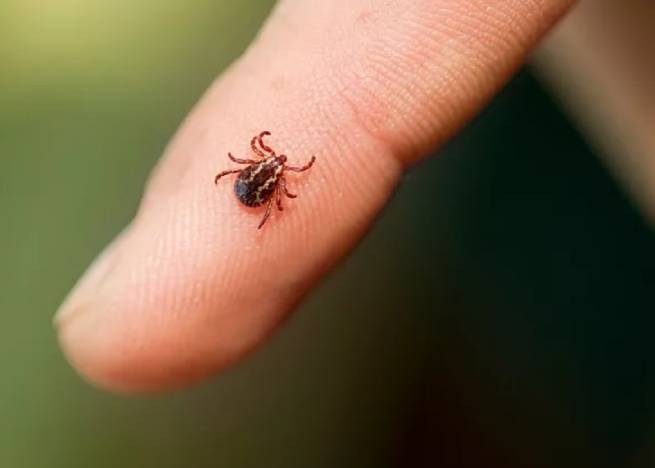Climate change creates ideal conditions in European countries for the spread of the deadly tick-borne CCHF virus.
It is usually found in the Middle East, Africa and Asia, in the Balkans. Ticks carry a potentially deadly virus that could soon spread across Europe. Scientists give such a forecast due to the fact that climate change is forcing insects to move across the continent.
Experts warn of a possible outbreak of Crimean-Congo hemorrhagic fever or CCHF. The World Health Organization has included it in the list of 9 “priority pathogens” that can cause a pandemic – it includes diseases that pose the greatest threat to public health.
The scientists’ warnings do not refer to a hypothetical future, but to what is already happening in Europe: a case of this deadly disease was reported in Spain last year. The first cases of CCHF infection were reported in 2011. In 2016, a man with this diagnosis died after being bitten by a tick in Spain.
In April, Ali Mirasimi, a virologist at the Karolinska Institute in Sweden, said the virus-carrying ticks “are moving across Europe due to climate change as summers get longer and drier.”
The virus has recently been detected in Iraq and Namibia, and two people have died from it in Pakistan. Last year, an outbreak of CCHF was recorded in Iraq: 212 cases in 5 months. This year there are about 100 new cases, 13 of which ended in death.
The fever was first discovered in the Crimea in 1944, hence the name. It is caused by the Nairovirus, a tick-borne virus belonging to the Bunyaviridae family. Symptoms of the disease: high fever, pain in the back, joints and abdomen, headaches, vomiting. The mortality rate is from 10 to 40%. In severe cases, symptoms include jaundice, mood swings, and sensory disturbances.
Animals such as cattle, sheep and goats are particularly susceptible to the virus. It can be transmitted to humans through the bite of a vector tick and through contact with the blood or tissues of an infected animal, during or after slaughter. Therefore, most cases of human infection are recorded in slaughterhouse workers and veterinarians.
When bitten by an infected tick The incubation period in humans is usually 3 to 9 days.. People can transmit the virus to each other through contact with the blood, secretions, or other bodily fluids of infected people. Recovery occurs on the ninth to tenth day after infection. With fatal outcomes, death occurs in the second week of illness.
Bad news from WHO: “There is no safe and effective CCHF vaccine widely available for human use”. Good news – treatments that have proven to be effective is the antiviral drug ribavirin.
However, there are many preventive measuresto reduce the risk of infection and avoid tick bites:
- in places where ticks can be found (in rural areas, grassy parks), wear long sleeves, long trousers and preferably light colors (detecting ticks will be easier);
- sprays are sold to kill ticks, as well as repellents and products for their safe removal. But you need to be as careful as possible: there is always a risk that body parts of an insect may remain on your skin.
- people working with animals that may be affected by a dangerous virus are advised to wear protective clothing at work, warns Euronews.







More Stories
ProNews: The government is methodically destroying the healthcare system in order to transfer it to the private sector
May Day strikes throughout Greece, operating hours of public transport are limited to the maximum (additions are being added)
Who likes an adventure holiday?